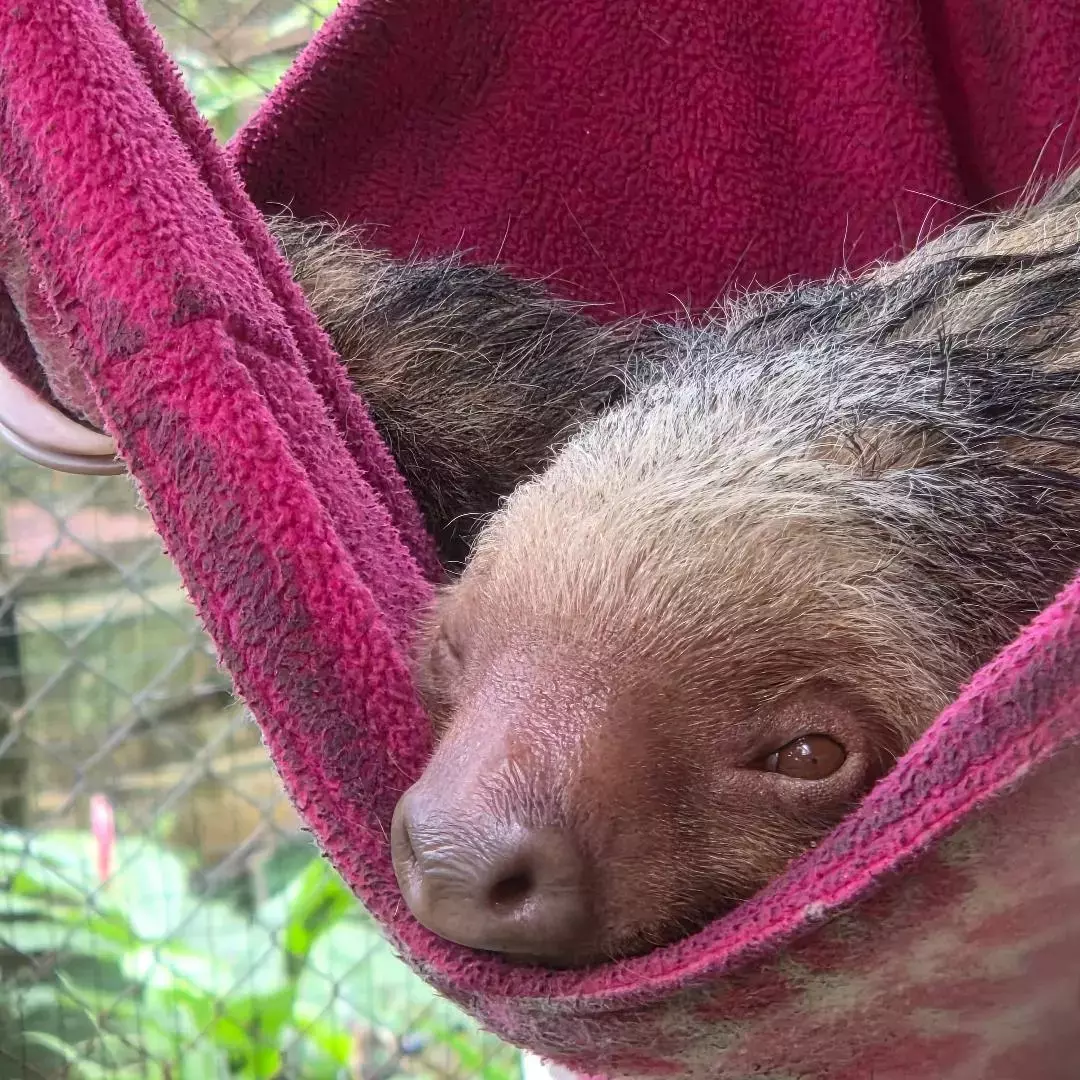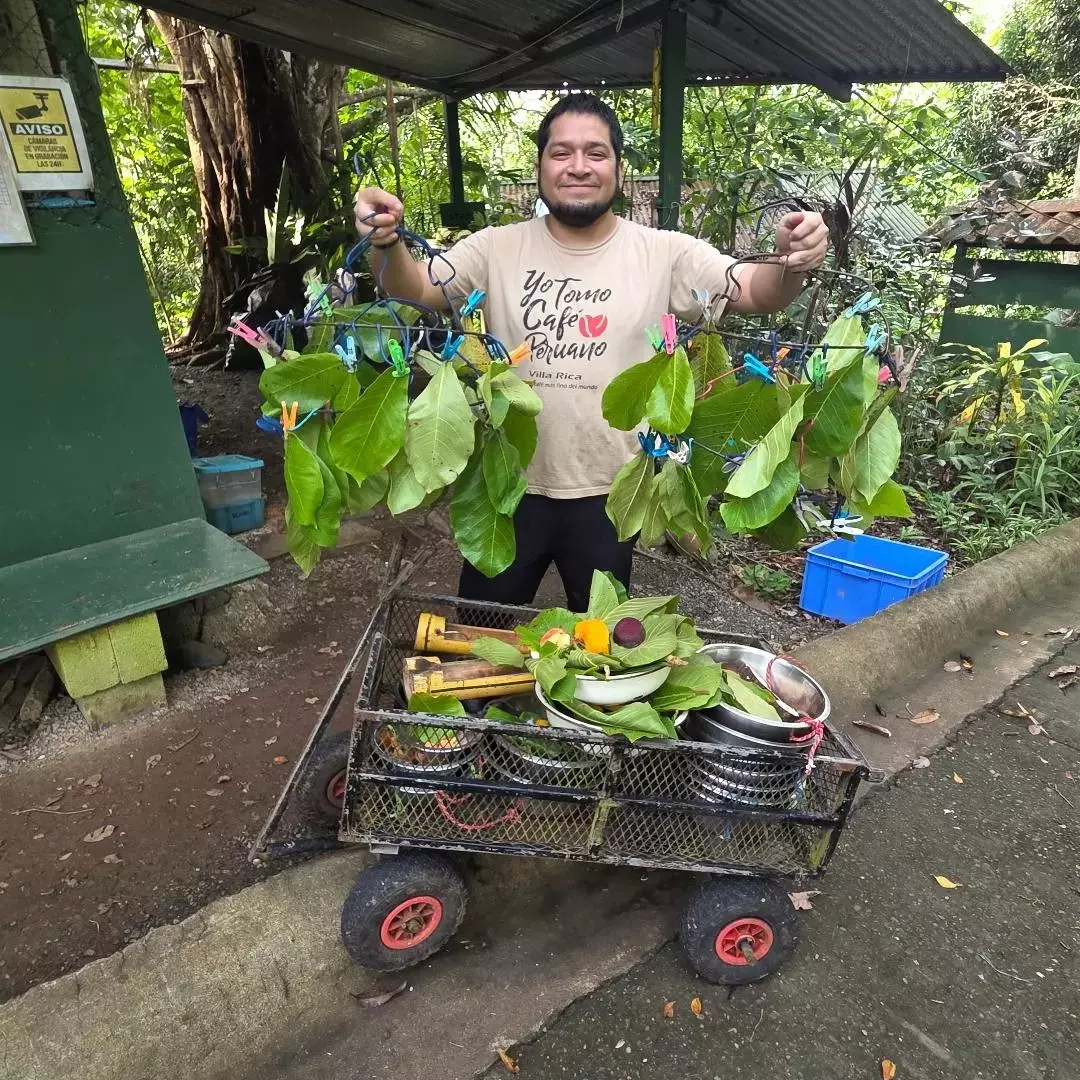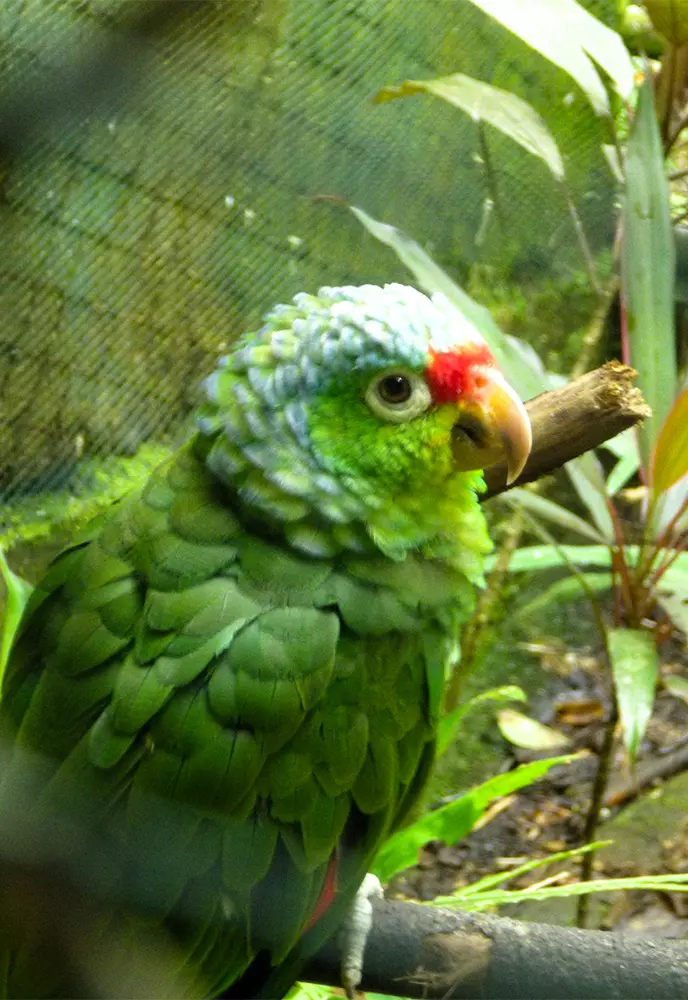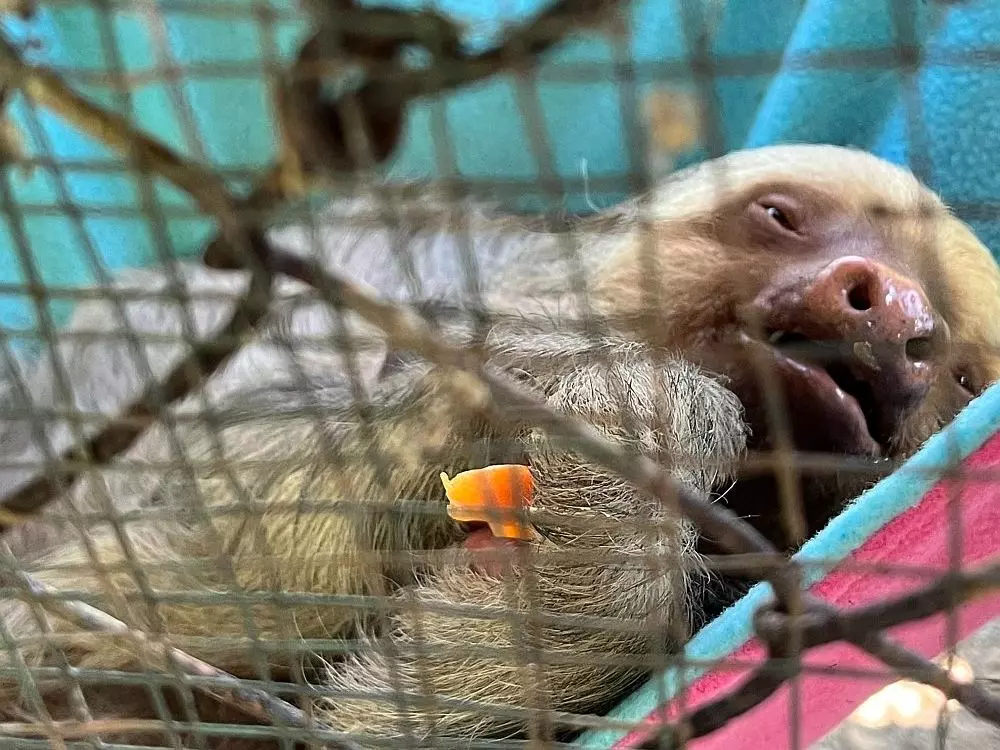

Sloth Conservation And Wildlife Experience
Volunteer at this wildlife sanctuary in Costa Rica and aid the conservation of a range of endemic wildlife species as you help to protect these amazing animals from the dangers of deforestation.
Speak To A Travel Expert
Activities
Please be aware that this project is based at a wildlife sanctuary, and while sloths are resident here, there are numerous species of animals which also require care. You will spend time volunteering with a variety of animals (such as monkeys, anteaters and birds), so please come with an open mind and a willingness to work with a range of species and not just sloths.


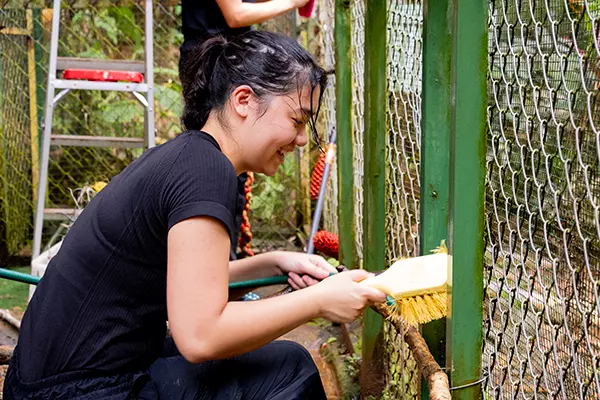


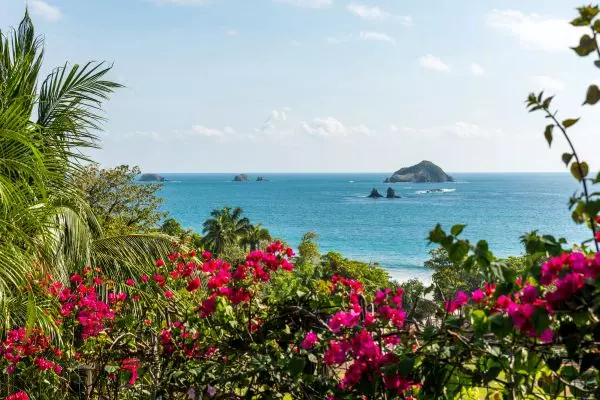
Itinerary
Below is an example of a 2-week itinerary. As this project is based at a wildlife sanctuary, the daily itinerary can often change depending on the sanctuary's needs and the animals present at any given time.
For families, it is possible to join this project for 1 week. Please enquire for more information.
Durations & Prices
Accommodation
Volunteer Accommodation
During the project, you will be assigned a bunk bed in one of two dorm rooms at the volunteer house, where you'll stay with up to 12 other volunteers. Whenever possible, the floors are separated by gender. The volunteer house offers shared facilities, including showers with a rounded stone-wall partition and curtain, as well as similarly separated toilets. There is also a kitchen with a dining table, a fridge for drinks and snacks, and lockers to store valuables.
Accommodation Upgrade
You can upgrade to stay in one of three on-site private cottages for an additional cost of $203 per cottage per night (subject to availability). Each cottage has two double beds and private bathroom facilities, and can accommodate up to 4 people. They are situated close to the project's dining area and swimming pool, and are a great option for couples or families looking for an added level of comfort and privacy.
Meals & Beverages
Three meals a day are provided for you whilst on the project. Breakfast includes a variety of cereals, toast, fruit and fruit juice. Lunches and dinners are buffet-style and will typically consist of rice, beans, salad, and vegetables, with the other parts of the meal changing on a regular basis.
Clean drinking water and a variety of juices are also available to drink throughout the day, and you can purchase soft drinks on-site. We can cater for vegans, vegetarians, and for those with food allergies.
Project Details
When Is The Best Time To Volunteer?
As this project is predominantly based on the rescue and rehabilitation of animals year-round, there is no preferred time to volunteer when it comes to the animals you see. Certain animals will reside at the centre for life, and new animals arrive on a regular basis, so you’re guaranteed to see an array of species!
However, the weather can have an impact on both your involvement with and the visibility of wild animals. The dry season runs from January through to the middle/end of April, and throughout this time the forests will be slightly barer due to a lack of rain, meaning fewer wild animals may be seen in the region. The rainy season in Costa Rica runs from May until December, and this is when the forests in the region really come to life. It will still be very warm during these months, with the rains typically falling in the afternoons or evenings, therefore, you may find it preferable to volunteer between May and December when the forests are at their fullest.
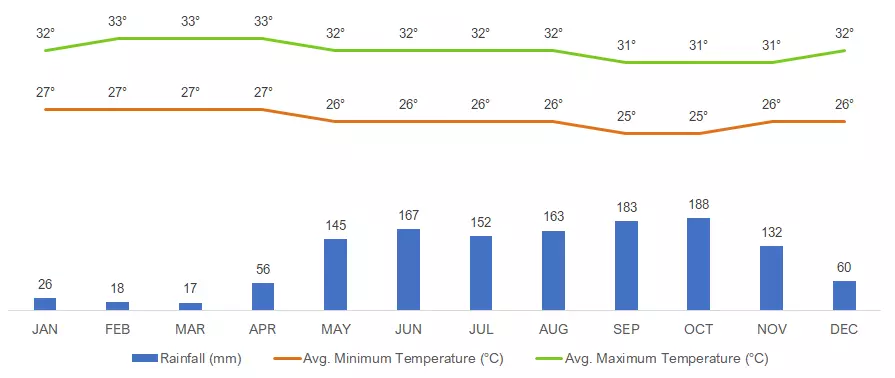
The rainy season is also the most likely time for reforestation activities to take place, so if this is an activity you would like to take part in, we advise travelling between May and December.
Getting There
You will need to arrive into San Jose Airport in Costa Rica, located approximately 3 hours from the project site. Transfers are not included in the cost of the project but can be arranged at an additional cost of $244 each way. If you need a transfer from a hotel/accommodation in San Jose as opposed to the airport, this can also be arranged but the transfer fee is $270 (single journey).
Alternatively, there is a regular bus service between San Jose (bus station) and Quepos, which is close to the project site. This service usually takes between 3-5 hours and costs approximately US$10. Upon arrival in Quepos, you would need to take a taxi to the project site, which will cost an additional US$20. Please contact us for further information on scheduling and pricing.
Where possible, it would be better if you could arrive into San Jose before 12pm; this way you will arrive at the project site before it gets dark and will be able to enjoy dinner with your fellow volunteers! If this is not possible, you must arrive by 3pm if you wish to take a transfer to the project site.
Visa Requirements
Most nationalities, including British and American citizens, do not need a visa to enter Costa Rica but will need to provide evidence of onward travel plans such as a flight ticket or bus ticket exiting the country. We do, however, recommend checking with your local embassy regarding visa requirements.
Fitness & Skills
There are no specific skills needed to take part in this project, but you do need to be passionate about animals and willing to get involved in a variety of activities. You will spend a lot of time on this project on your feet, walking from location to location and possibly carrying moderately heavy objects, so you will need to have a good level of fitness. It can be very humid in Costa Rica, so please bear this in mind when deciding if this is the project for you. If you are offered the opportunity to take part in reforestation, please be aware that this involves a lot of walking on uneven ground, as well as up and down quite steep terrain. In the rainy season, this land overall can be quite treacherous, so be sure to take the correct footwear, as well as consider your own physical capabilities.
Vaccinations
To take part in this project, you must be vaccinated against Tetanus and provide proof of this prior to arrival. Other vaccinations will depend on your medical history, and we recommend consulting your GP/Doctor regarding your own needs. Please note that volunteers with Measles or the Herpes Simplex Virus (with active sores) will not be able to work with the monkeys as the animals are very susceptible to viral infections.
No Contact Policy
We are often asked whether or not volunteers will have the chance to touch or hold the sloths whilst on this project. Our answer to this question is, and will always be no, and this is for good reason.
We always need to keep the best interest of the animals in mind and human contact can have a harmful effect on sloths as well as other wildlife. Touching and holding sloths is detrimental to the possibility of their release and increases the risk of infections. The No Contact Policy also stands to protect these animals from accidental injury from inexperienced handlers. By having this policy, the sanctuary avoids unnecessary captivity and demonstrates respect for the wild nature of these animals.
Although you will not have hands-on contact with the sloths, you will still be able to observe them regularly and see how your contribution to their husbandry and enrichment makes a real difference in their lives!
Videos
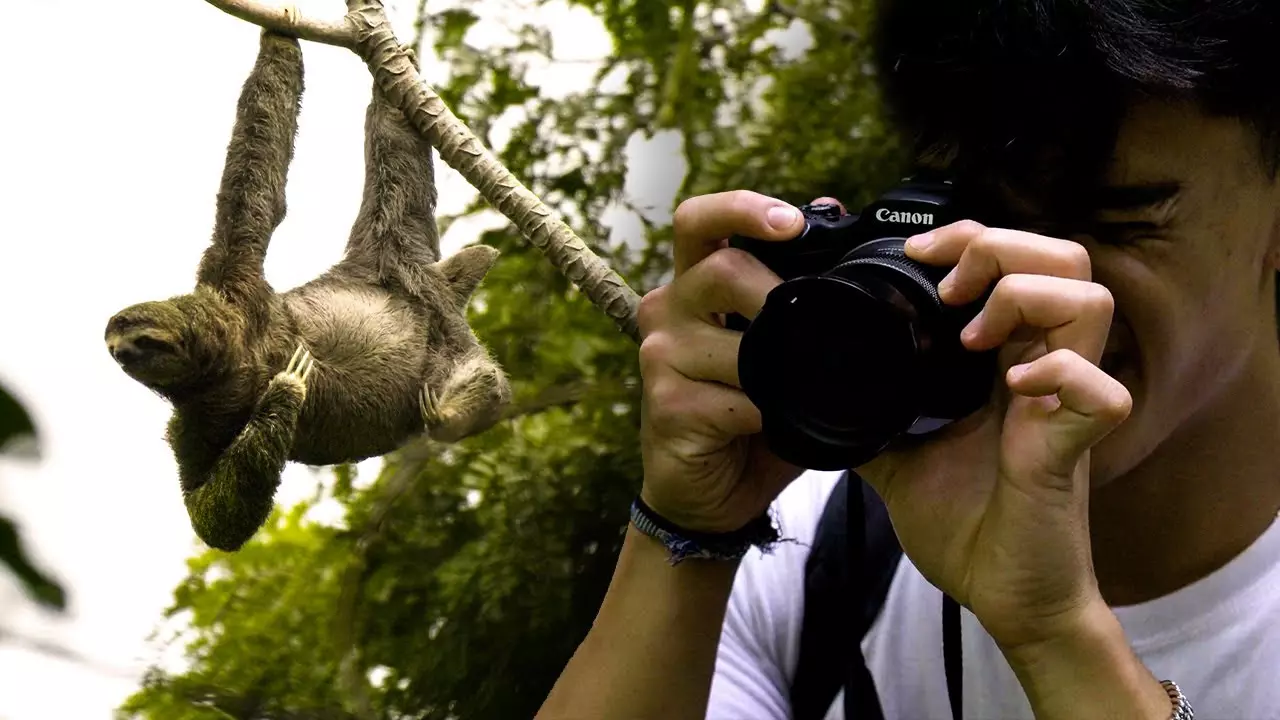
Discover the Sloth Conservation and Wildlife Experience
Join a life-changing volunteer experience in Costa Rica, where you'll help care for rescued wildlife, support rehabilitation efforts, and enjoy unforgettable adventures in a tropical paradise.

Volunteers Share Their Experiences
Hear from Kaitlyn and Bryan as they discuss their time on the project, from being involved in hands-on conservation work to actively participating in a sloth rescue, as well as their unforgettable free time adventures.
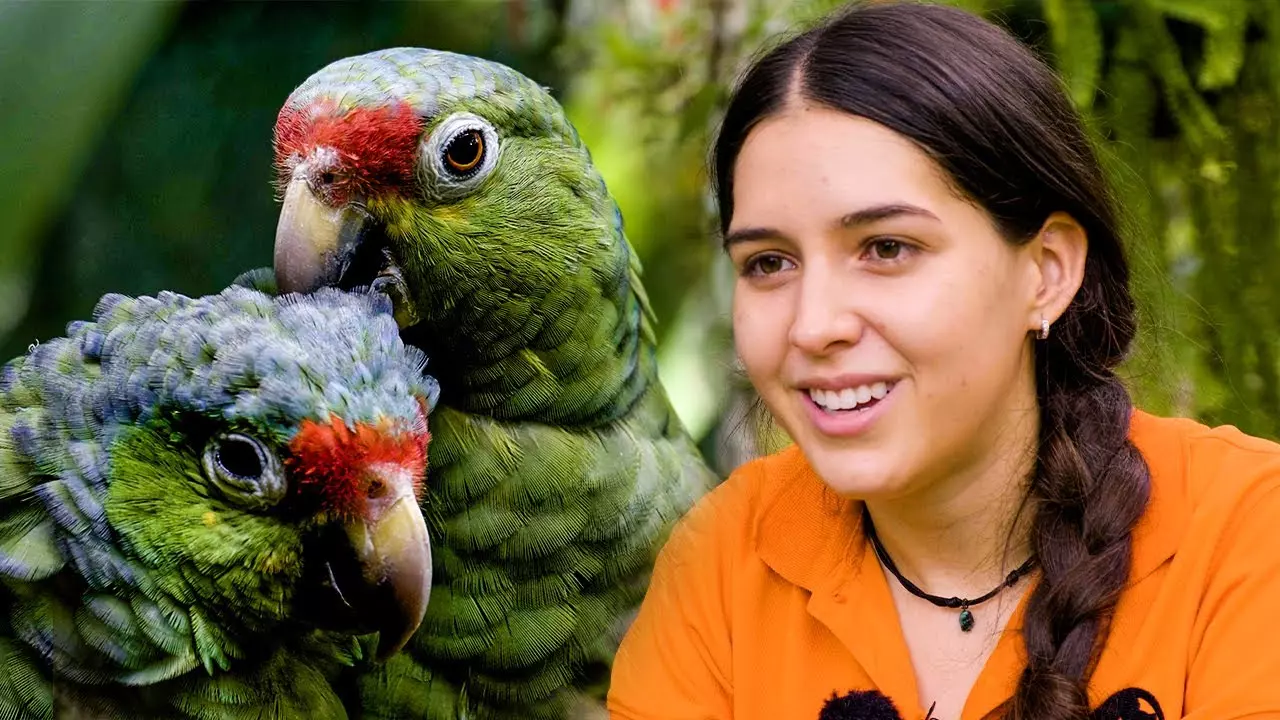
Protecting Costa Rica’s Wildlife
Valeria, one of the team's dedicated vets, explains the threats Costa Rica's wildlife face, and how volunteers can work as part of the team to help secure a safer future for them.
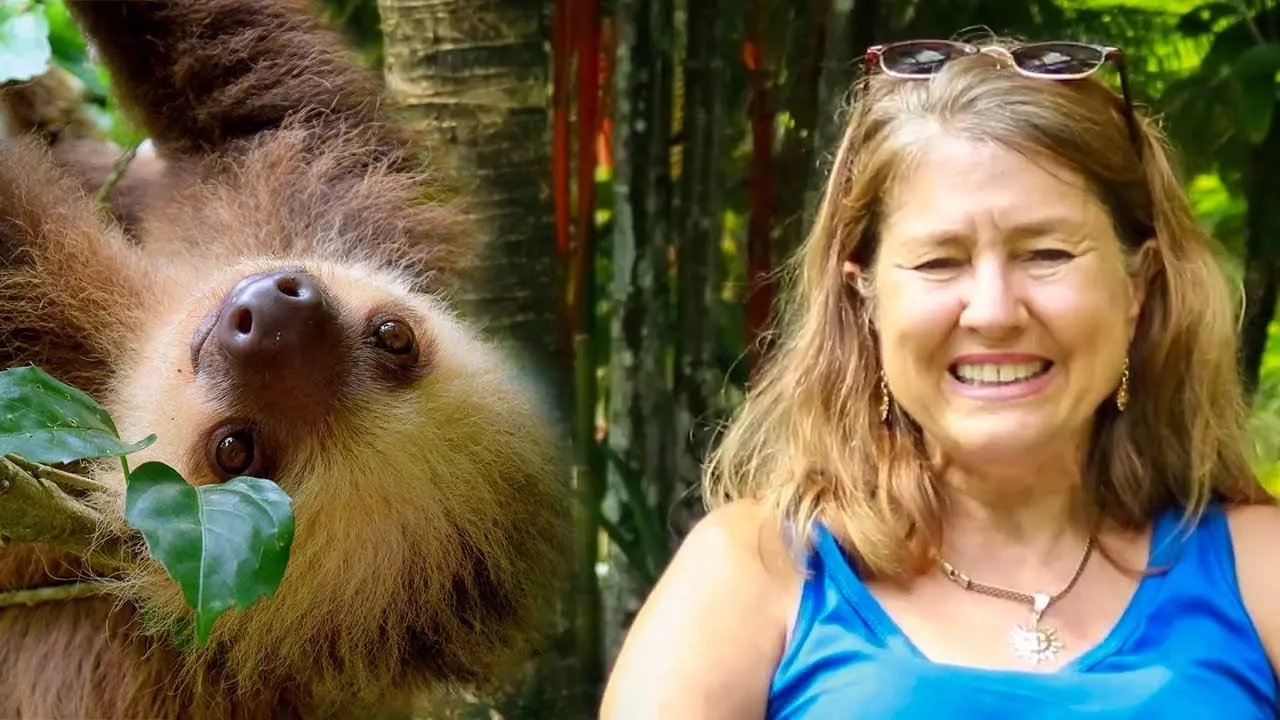
The Origin of The Sloth Conservation and Wildlife Experience
The Sloth Conservation and Wildlife Experience has a wonderful back story of two young girls who wanted to save the rainforest. We sat down with the founder of the project, Jennifer for a chat about their incredible history and what volunteers experience whilst on the project.
Gallery
Reviews
An absolutely wonderful experience. The permanent staff was a joy to work with and it was great meeting and sharing good times with the other volunteers. The days were busy and fulfilling. I highly recommend this experience.
Fantastic experience! No regrets at all about doing this trip! If you want an off-the-beaten track Costa Rican experience than this is the place for you! Looking after a wide variety of animals, including sloths, parrots, macaws, and peccaries, was awesome! Their care routines are very easy to pick up after a couple of days and you have the chance to provide environmental enrichment for their enclosures! Working at the sanctuary was a very hands on experience and the backdrop of the Costa Rican jungle made it more authentic! The staff were great and the food was good! I recommend staying in one of the single cottages as they are very good quality! From experienced volunteers to those just starting out, I would highly recommend this trip! Try to combine your time in Costa Rica with the turtle conservation project to gain a full Costa Rican experience!
This was a fantastic experience for our family! (Especially my two daughters) The project is doing some fantastic work, rescuing and caring for many injured animals. We spent a week at the sanctuary and got involved in many different tasks with the team, who were all very welcoming. The surrounding scenery and nature is amazing - we saw so many wild animals including monkeys, birds, reptiles and insects. The accommodation is really nice and there is a large swimming pool to cool off in at the end of the day.
What's Included
- Accommodation
- Three meals per day
- Full orientation and support from the project managers
- All activities on the project site
- Wi-Fi
- Laundry facilities
- A monetary contribution to the project
What's Not Included
- Flights
- Airport transfers (can be arranged for an additional cost)
- Insurance
- Snacks and alcoholic beverages





































